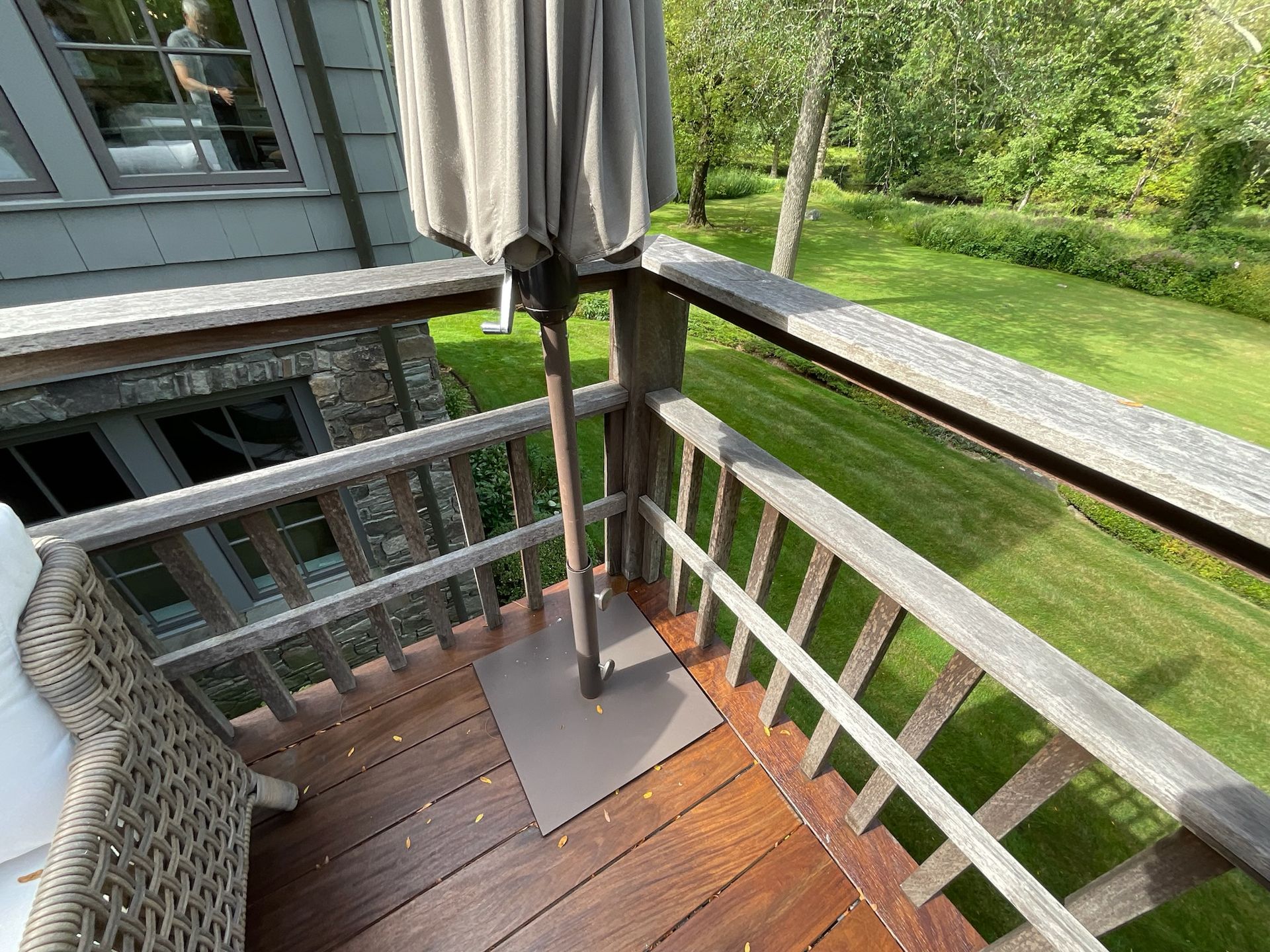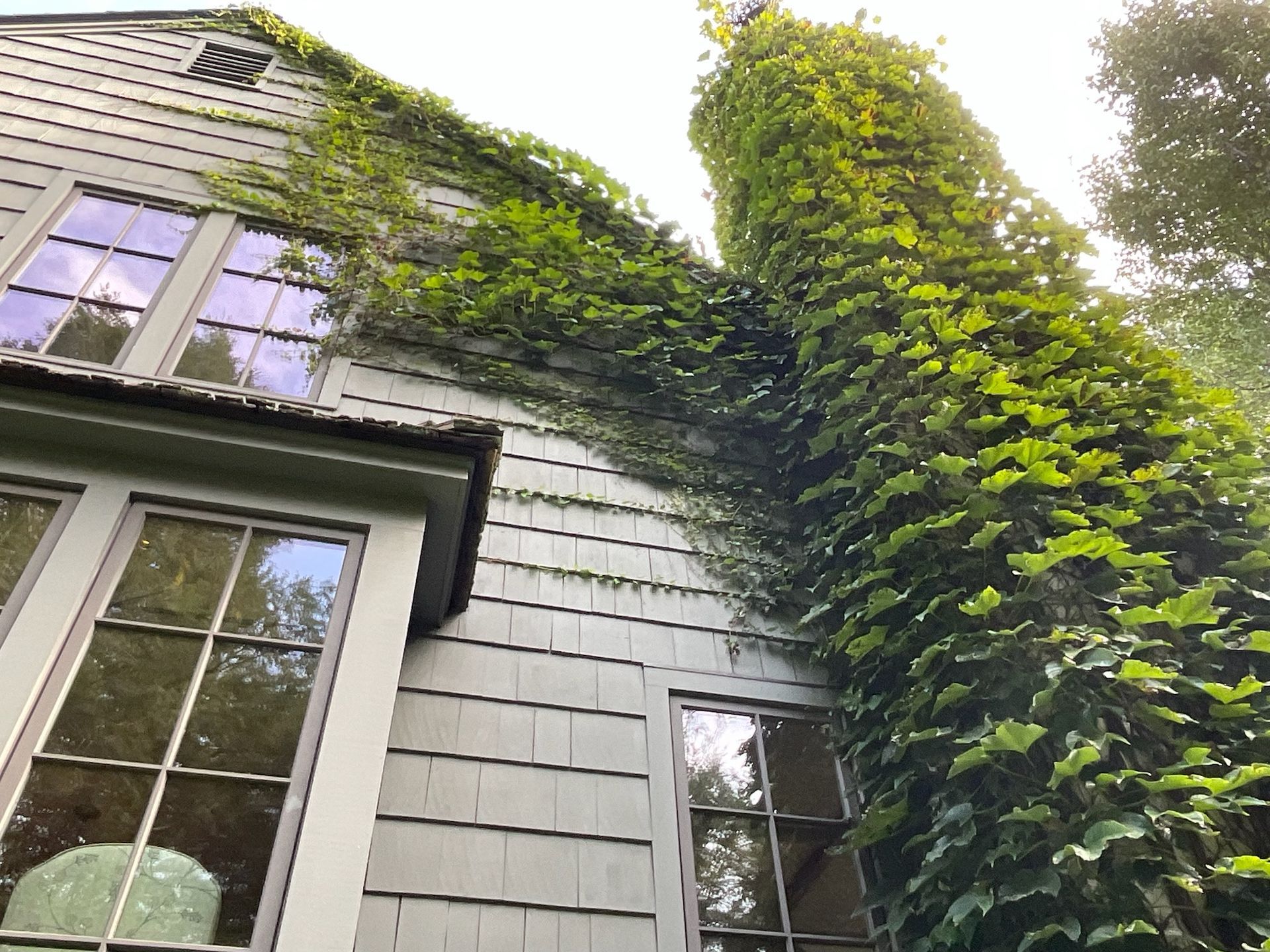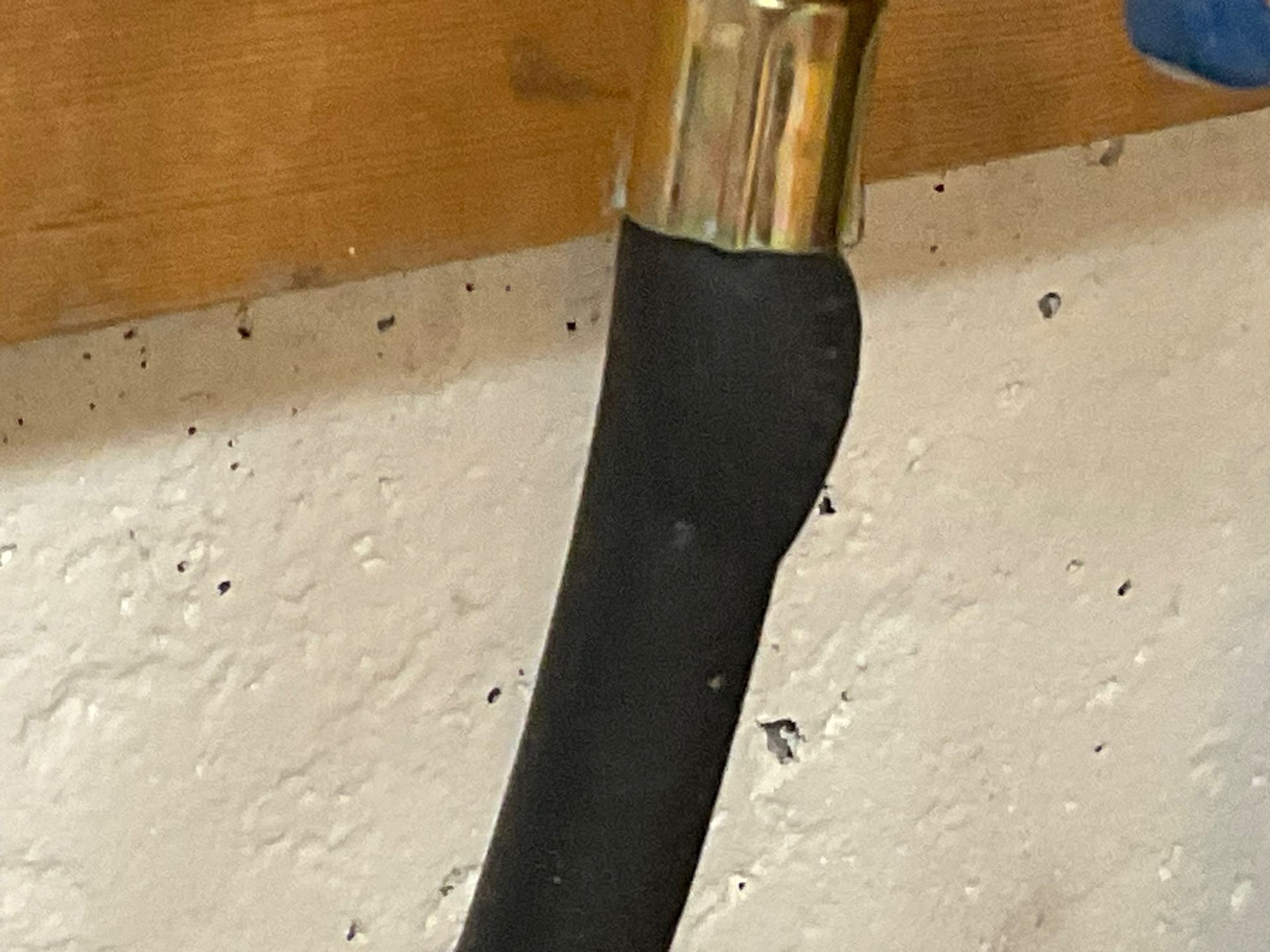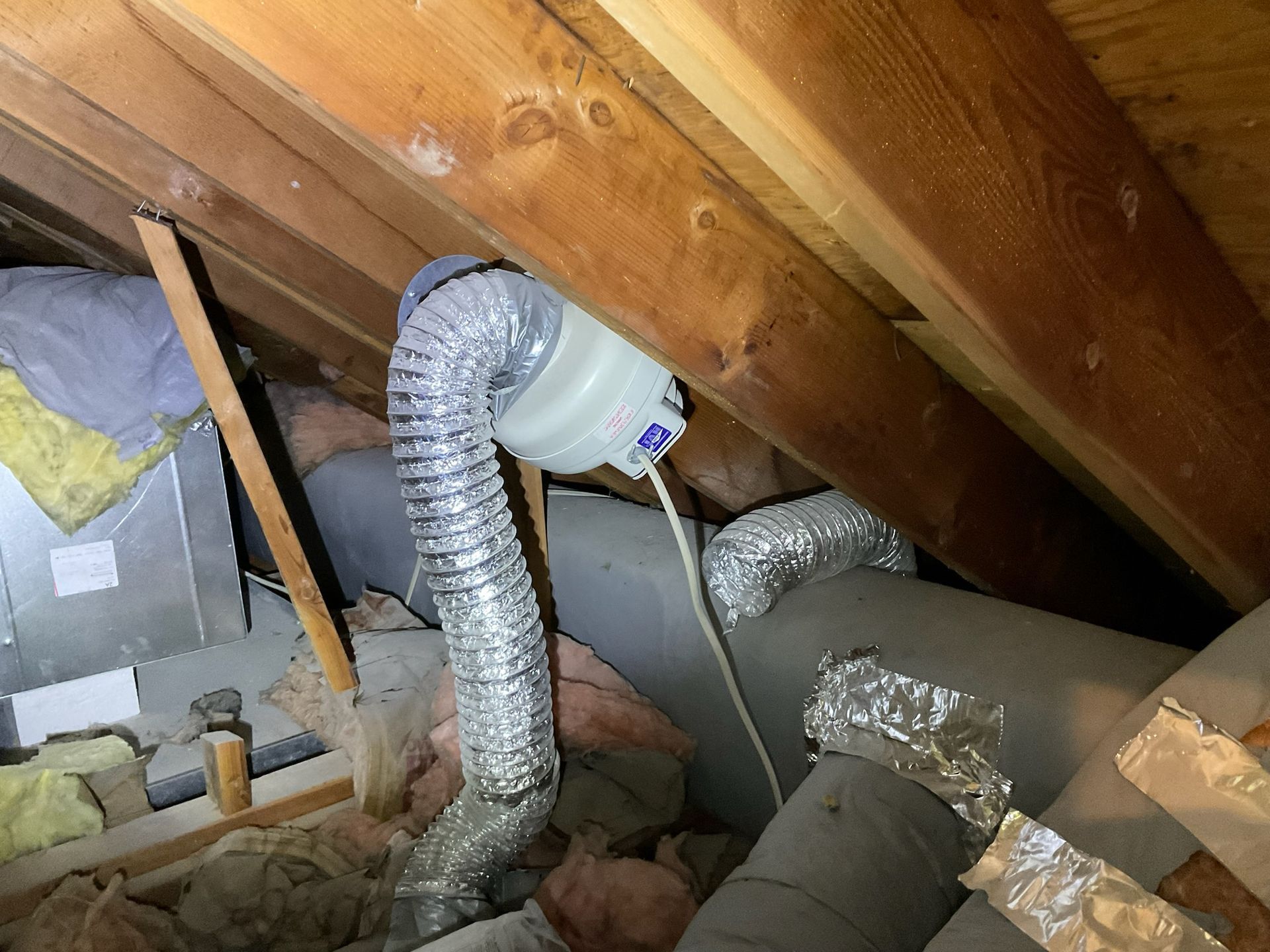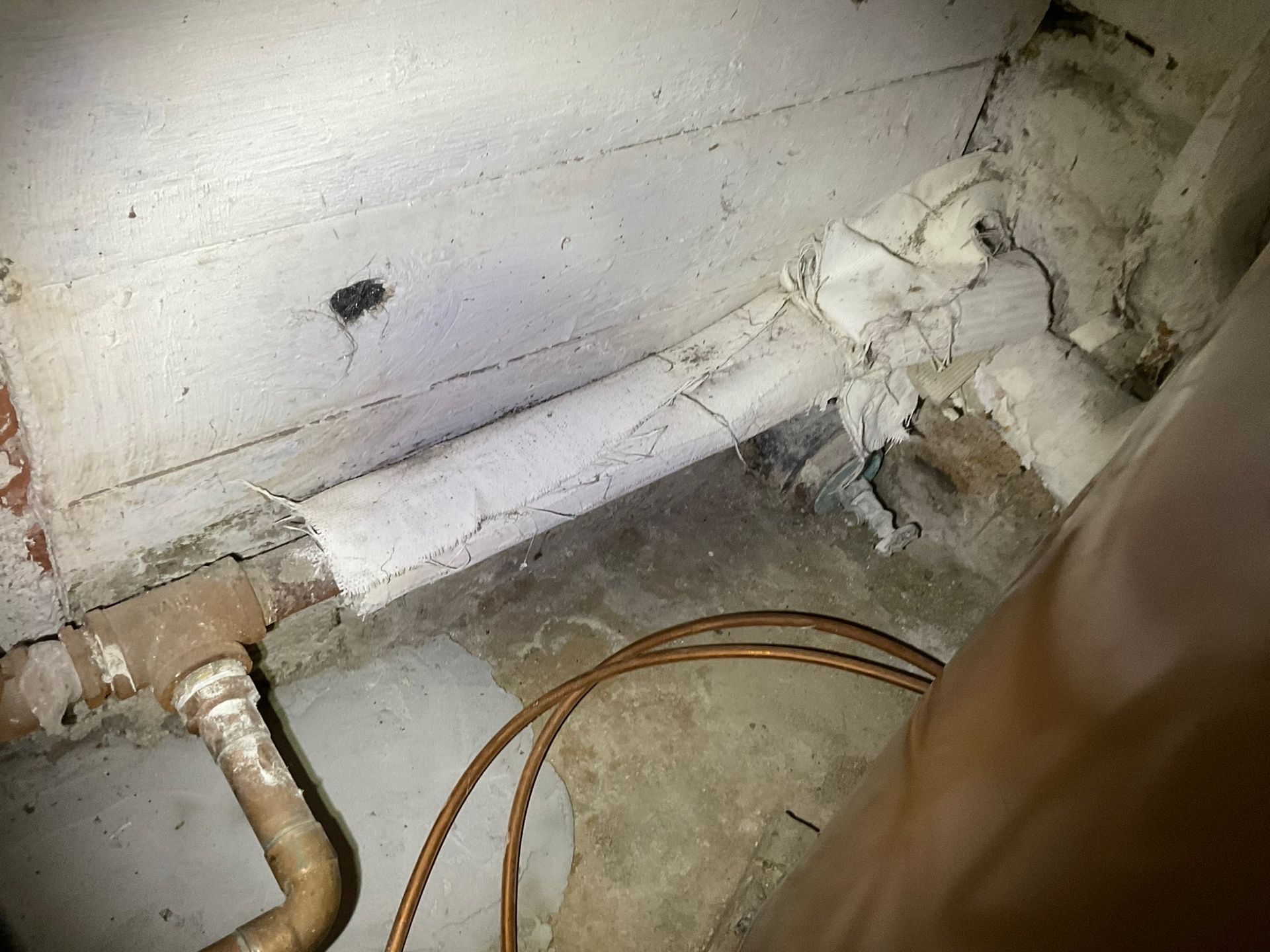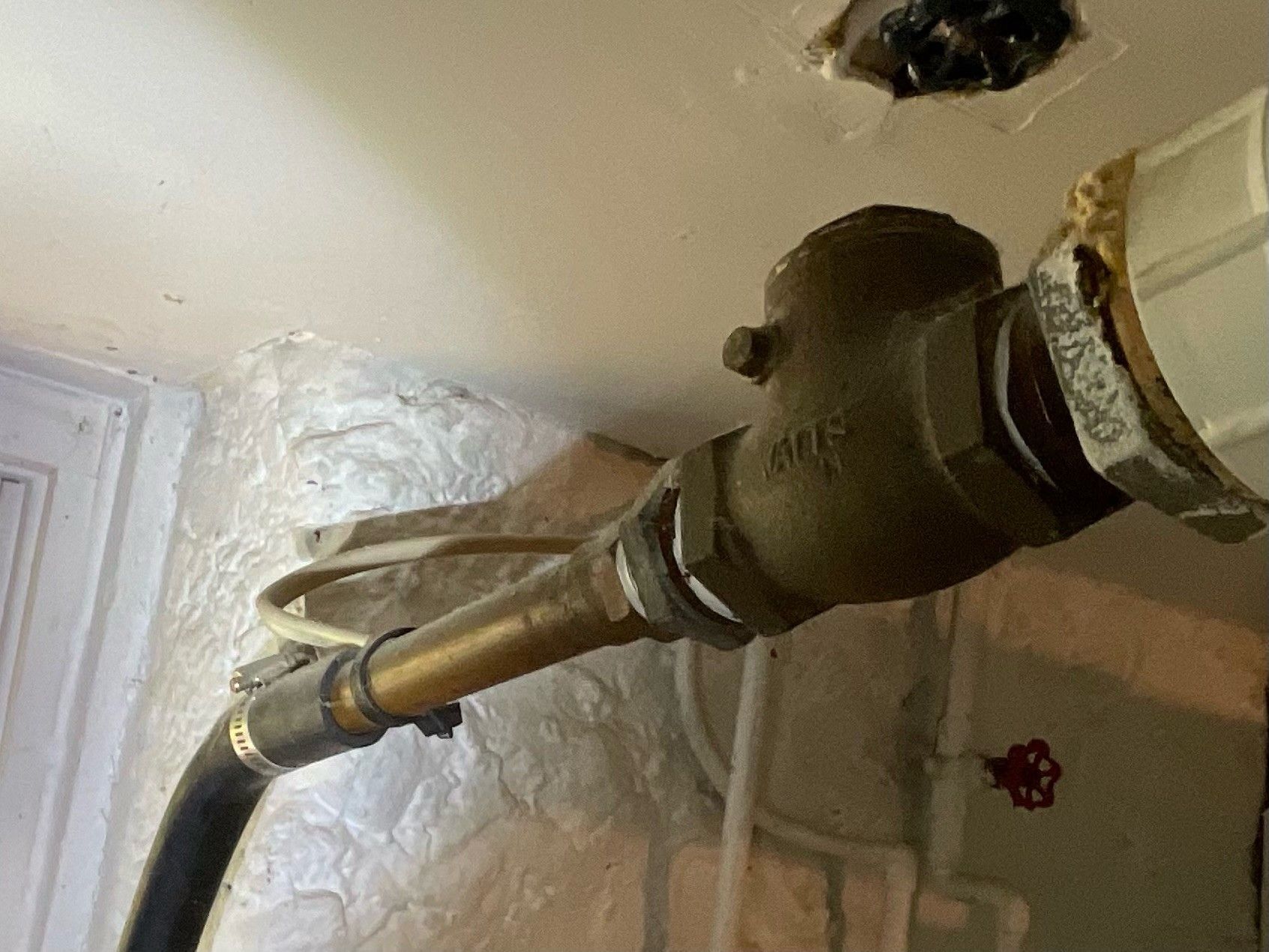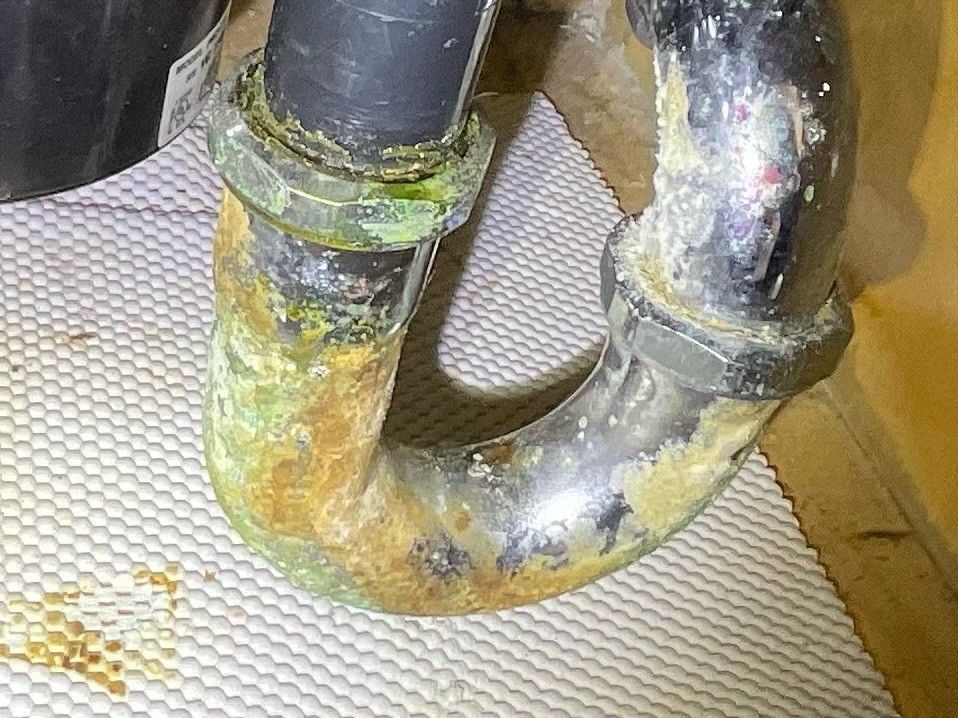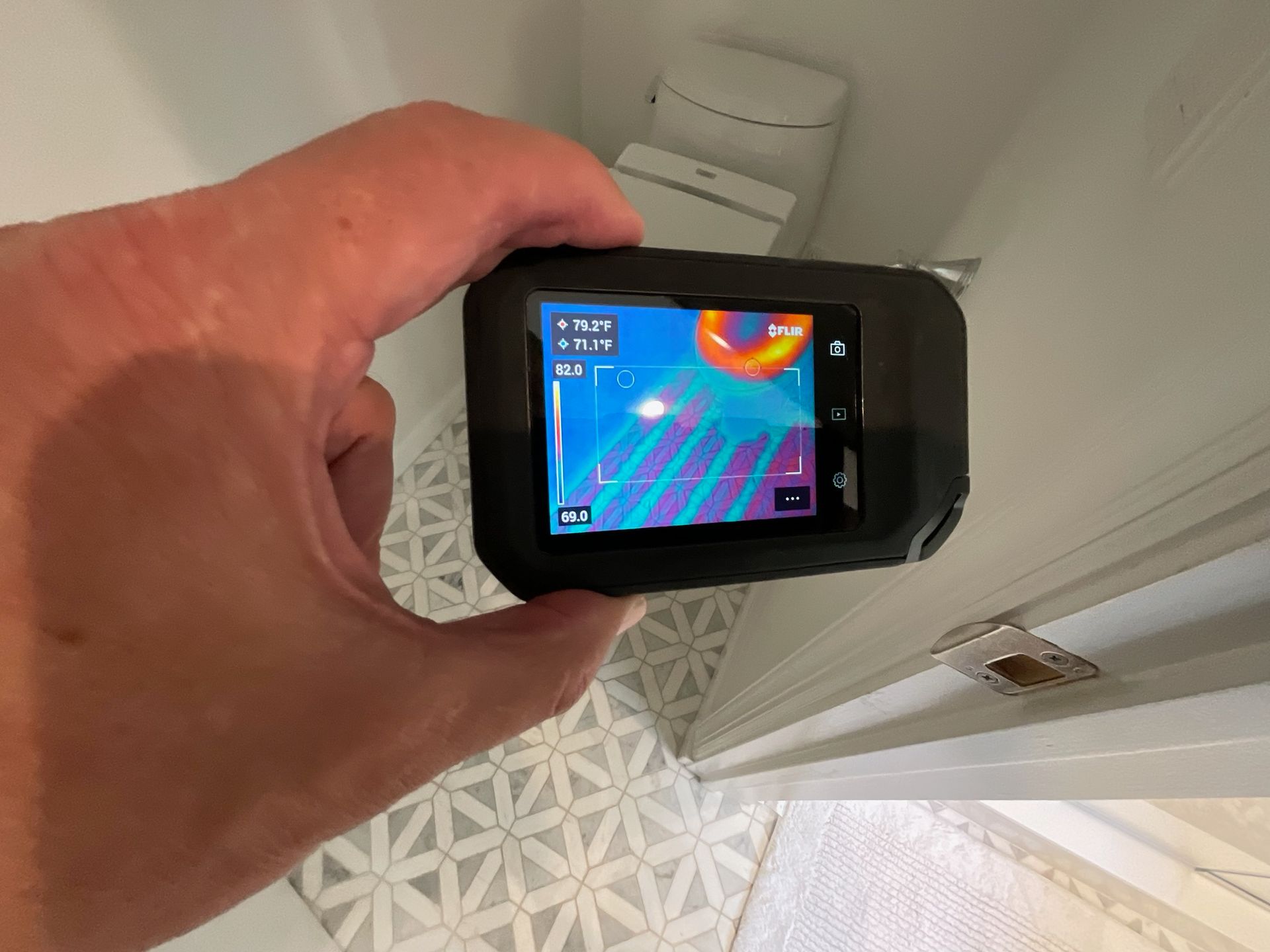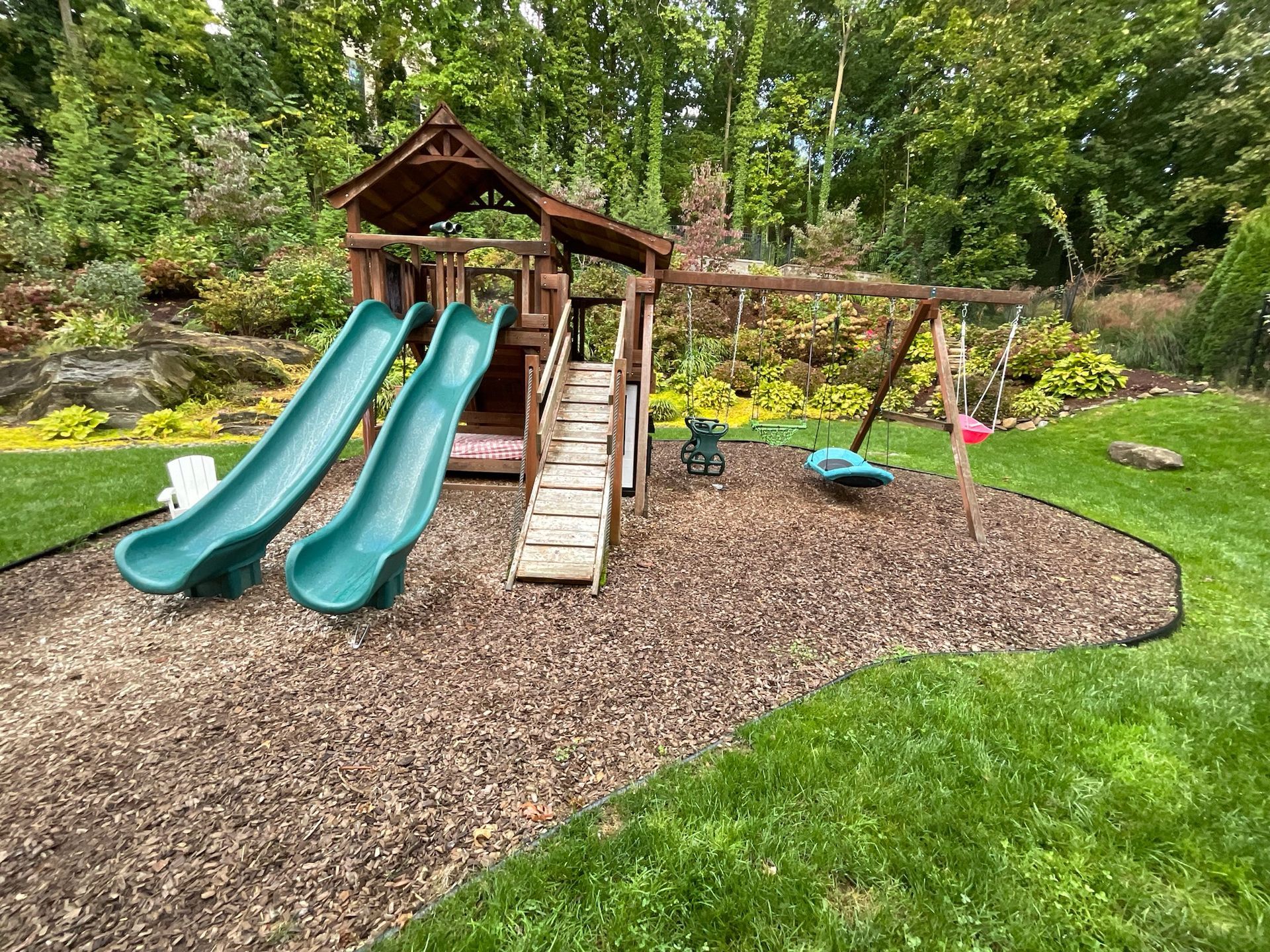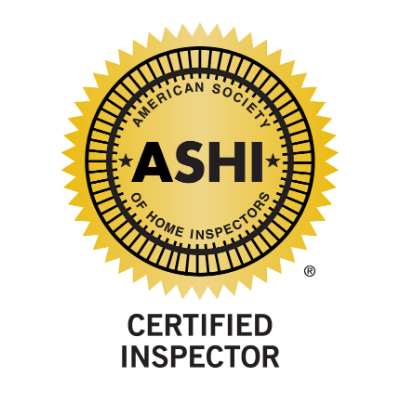by Tom Lochtefeld
•
26 March 2025
Having ivy grow on a chimney or house might seem charming and picturesque, but it poses several risks to the structure and integrity of your home. First and foremost, ivy's roots can work their way into the mortar and brick of your chimney or the siding of your house. This can lead to the weakening of these materials over time, making them more susceptible to damage from weather conditions. In extreme cases, the structural integrity of your chimney or house could be compromised, leading to costly repairs. The roots can also trap moisture against the walls, creating an environment conducive to mold and rot. Additionally, ivy can cause problems with your home's pest control. The dense foliage provides a perfect hiding place for various pests, including insects, rodents, and even birds. These pests can then find their way into your home, causing further damage and posing potential health risks. Ivy also creates a perfect bridge for pests to access higher points of the house, including the roof and attic. Once these pests have made their home in these areas, they can be difficult to remove, leading to additional expenses and headaches. Lastly, ivy can impact the overall maintenance and appearance of your home. The aggressive growth of ivy can quickly get out of hand, covering windows, gutters, and other important features of your house. This can make routine maintenance tasks, like cleaning gutters or painting, much more difficult and time-consuming. Additionally, the ivy can obscure the architectural features and aesthetic appeal of your home, potentially reducing its curb appeal and overall value. In summary, while ivy may look beautiful, it's essential to consider the potential downsides before letting it grow on your home.

